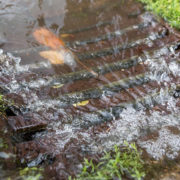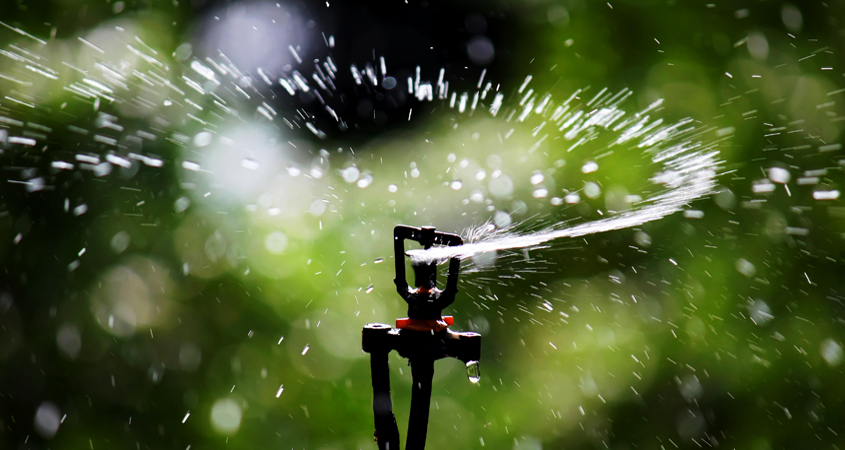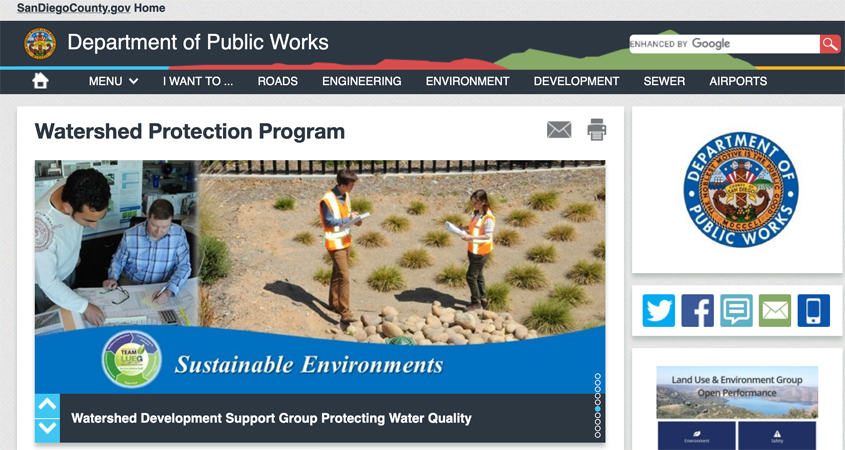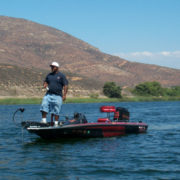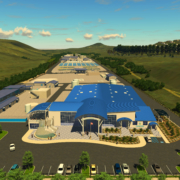All City of San Diego reservoirs previously closed in response to the coronavirus pandemic are now open to the public during regular business hours for walking, jogging, cycling, fishing and boating. Normal fishing and boating fees will apply.
“Overall everything is working well,” said Bryan Norris, the City’s reservoirs and recreation program manager. “Several reservoirs are experiencing higher than normal visitation since the reopening.”
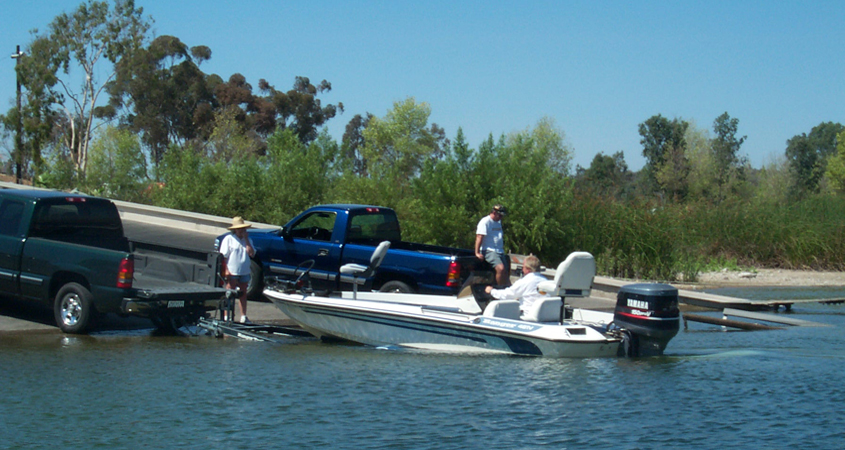
Available activities include walking, jogging, cycling, fishing and boating. Normal fishing and boating fees will apply. Photo: City of San Diego
Reservoirs open, face masks, physical distancing required
The public is asked to observe COVID-19 preventative measures, including mandates requiring face coverings and physical distancing. Bathrooms are scheduled to be cleaned regularly as part of San Diego County regulations. For more information go to: www.sandiego.gov/reservoirs-lakes.
Miramar, Murray, and Lower Otay Reservoirs reopened in mid-May. El Capitan Reservoir and Upper Otay Reservoir were next to reopen on June 6, followed by San Vicente Reservoir on June 13. Lake Hodges, Sutherland, and Barrett all opened in early July and remain open.
New safety and cleaning protocols first started with the May reopenings are continuing.
Lake Jennings offers its popular night fishing on August 7
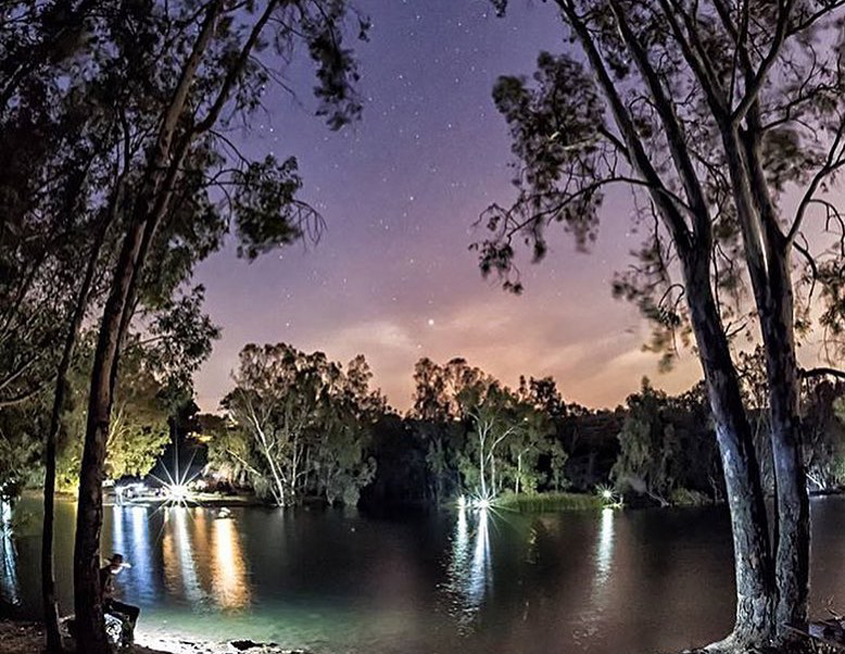
Lake Jennings in Lakeside, operated by the Helix Water District, remains open for recreation, day use, and camping by family member groups only after reopening in June. Fishing and day use visitors must wear masks and adhere to physical distancing. The Bait and Tackle Shop is open with restrictions. See the complete list of current restrictions onsite at the Lake Jennings website.
The lake was stocked with 1,000 pounds of catfish in preparation for its popular Night Fishing event on Friday, August 7. Fishing enthusiasts of all ages may fish from the shoreline from 3 p.m. until midnight. A valid California State Fishing License is required for anyone 16 years old and older.
The recreation side of the lake is open every Saturday and Sunday from 6 a.m. to 3 p.m., unless a night fishing event is taking place.
The campground is currently sold out this weekend, but campers can check for availability due to cancellations online at www.lakejennings.org. Only registered campers are permitted in the campground, no visitors or day use access is allowed.
Santee Lakes fishing report
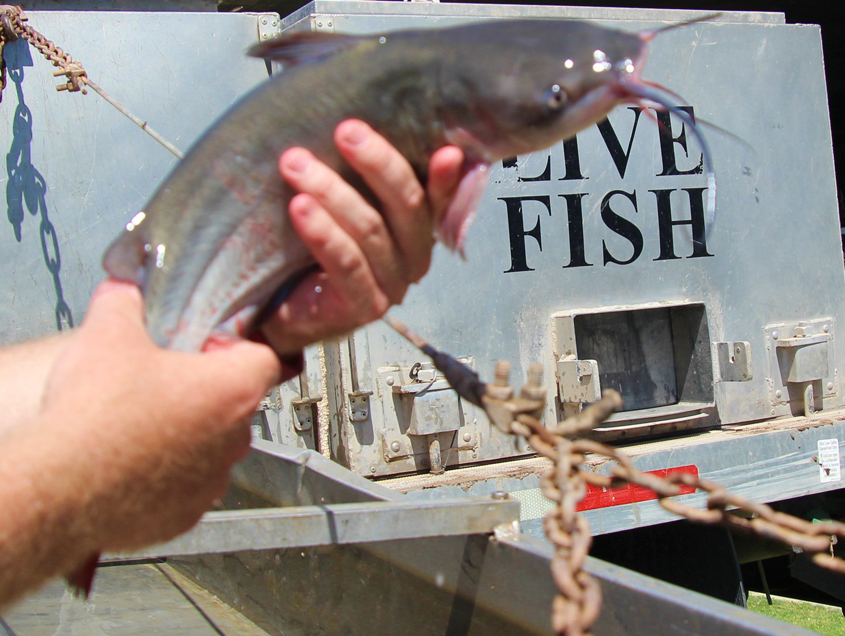
Santee Lakes 2 and 4 were stocked on July 27 with 500 pounds of catfish each. The next scheduled fish stocking is August 10. Photo: Padre Dam Municipal Water District / Santee Lakes
The popular Santee Lakes reports the bass continue to bite on fishing lines using soft plastics, topwater frogs, and swimbait. Popular spots include the west side of Lake 5 and the southwest corner of Lake 4. Catfish are also biting on a mix of bait including mackerel, chicken liver, and mealworms. Catfish are biting on the east shore of Lake 4 and the south shore of Lake 2.
Santee Lakes has opened the 2021 reservation schedule for its popular campsites.
Padre Dam Municipal Water District built Santee Lakes to demonstrate the promise of water recycling. The 190-acre Santee Lakes Recreation Preserve is owned and operated by Padre Dam MWD and is entirely self‐sustaining, receiving no funds from water/sewer ratepayers or taxpayer subsidies.

